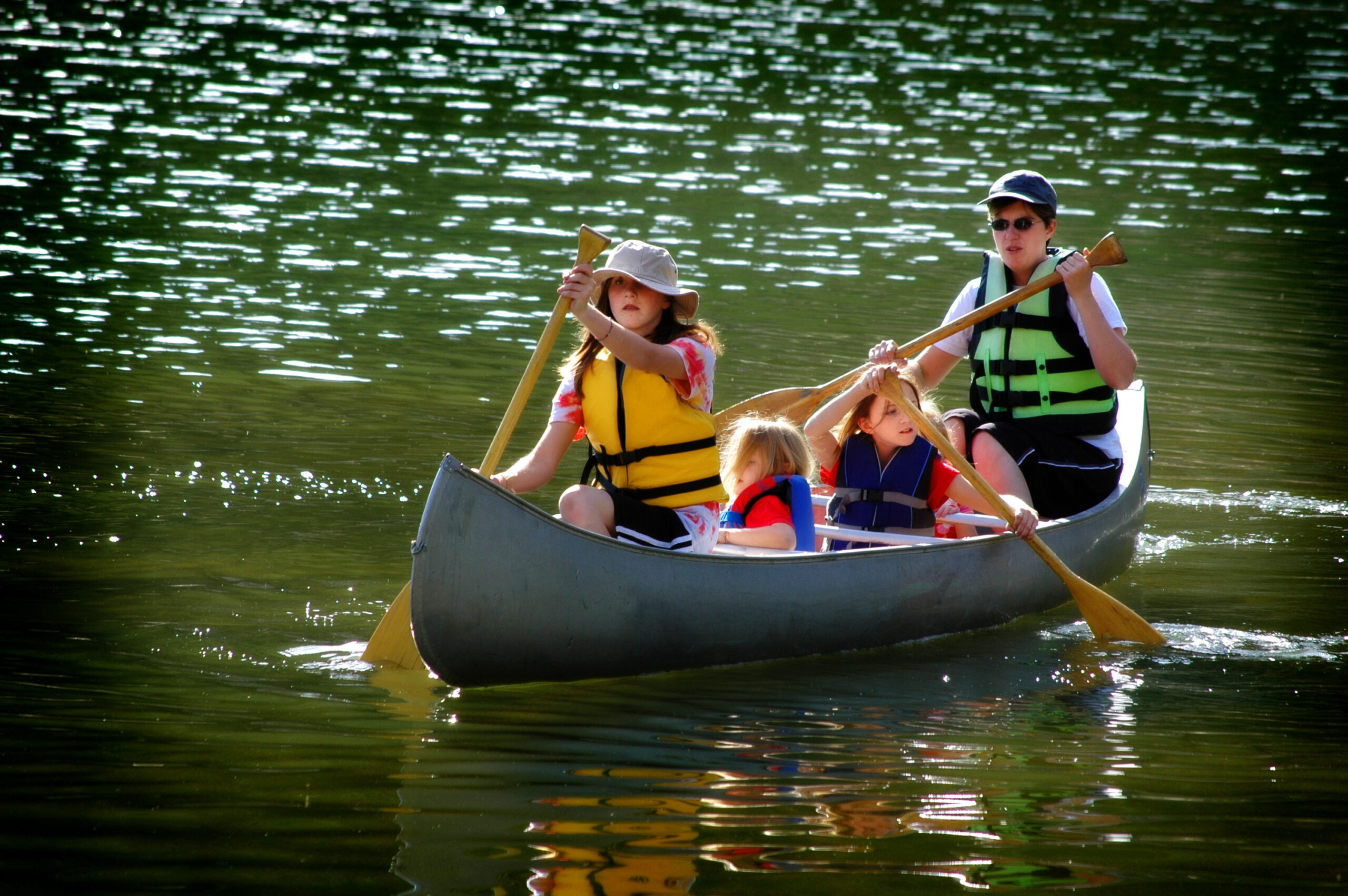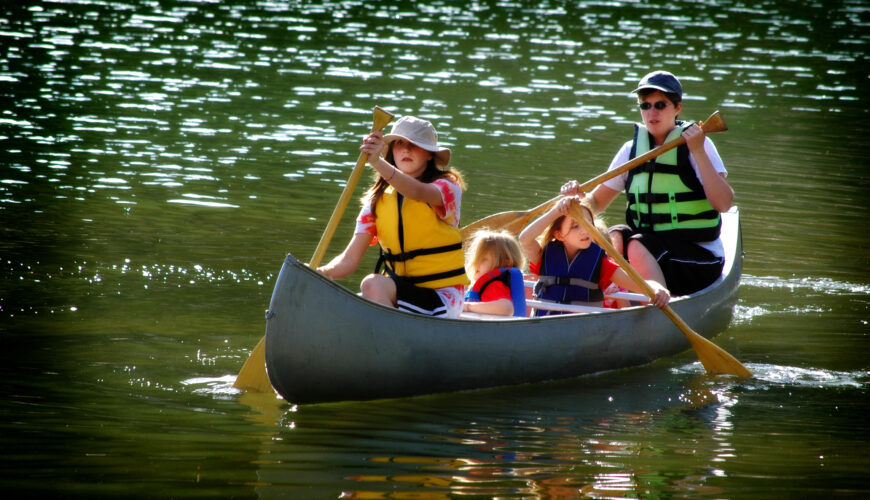Tactics
Teal Time is Here: Get Ready for Your Waterfowl Warm-Up
September 17, 2025 •John N. Felsher
July 8, 2022
Good water levels coupled with warm weather make these two months one of the busiest times for canoeists and canoe liveries. Canoeing is a great outdoor adventure that is well-suited to families, anglers or anyone who just wants to get a little bit off the beaten path. However, there are a few skills and canoeing tips that will make the day much better.

Being prepared before you arrive is an important first step. Jason Seward, owner of Clements Canoes on Sugar creek in west-central Indiana, says there are common mistakes he sees on a daily basis.
“Don’t worry about taking your cell phone. There is very little coverage and there is a big chance of it getting wet,” Jason Seward says.
In Jason’s experience, these items mostly end up in the river bed and creek. Its better to leave no trace!
Seward pointed out that many people arrive in flip-flop sandals, which are completely inappropriate for a canoe trip. “These folks show up at the take-out complaining about how sharp the rocks are,” he chuckled. “Water shoes are available nearly everywhere and are inexpensive. I recommend everyone have them,” Seward adds. Old tennis shoes also work well.
July is the biggest month for Clements’s though Seward points out that it isn’t usually the best time for paddling. “People like the warm weather, especially families with kids, but the water is lower. June is nice because the water is usually good and weather is nice,” he noted.
Paddlers need to know where the take-out is located. “Especially if the water is up, they are having fun, the trip is going by quickly and they don’t realize they’ve passed it,” he said. Missing canoeists are a serious problem but one that Seward and his staff must deal with frequently. Distance estimation while paddling is difficult so pay attention to the surroundings.
Once on the water, if you don’t know how to paddle, kick your ego aside (this statement is directed primarily at men!) and ask for a quick lesson. The livery staff isn’t there to hold a paddling class but will gladly offer help to get you headed downstream.
Steering a canoe is a lesson in simple physics. If you apply power to one side, the boat will turn the opposite direction. The key is to apply power equally and then correct for turning caused by current, wind or other factors. This is primarily the job of the rear paddler.
Novice canoeists frequently switch hands while paddling, often after each stroke. The two paddlers should paddle on opposite sides of the boat until a periodic ‘switch’ for muscle relief by the back paddler. Experienced paddlers try to paddle at the same time in a cadence as the front seat sets the rhythm. The speed and power gained by paddling together will surprise you.
The easiest method for steering a canoe involves the back paddler using his paddle as a rudder after completing the power stroke. Two minutes of practice while leaving the put-in will quickly show you how much correction to apply and when.
The front paddler is responsible for providing power and serves as lookout for rocks but make sure to work out a simple communication system before leaving the bank. The easiest and most common method is for the front paddler to point out the correct channel while the back paddler simply steers wherever the front partner indicates. However you choose to communicate, keep it simple and make sure the front paddler understands that her voice is difficult to hear while facing forward. This is why pointing at the correct route is usually the best option.
The best advice for choosing a route is to “look for the downstream V.” This means locating a tongue of water between rocks that form a V-shaped wave pointing downstream. The middle of this V is typically the deepest, safest path downstream.
Based upon our own experiences of working at a canoe livery during college, here is a bit of advice for men: don’t blame your partner for problems. If the canoe turns sideways, and it will, don’t start screaming at the paddler (often female) who is often assigned the front seat. When you turn sideways or hit a rock, don’t panic or shout, just fix the problem by paddling.
In all seriousness, when paddling with a group I recommend novice canoeists pair up with same-sex partners. As men and women deal with stressful challenges in somewhat different manners, this arrangement usually results in more fun for everyone.
Canoeing is relatively safe but the river isn’t a video game and there can be deadly consequences for poor judgment. Be careful around trees as water flows through them but canoes and paddlers won’t; downed timber presents the most serious danger of drowning to Indiana canoeists. Give trees a wide berth and always wear a Personal Floatation Device (PFD). They can be hot and restrictive, but the alternative is a nice cool coffin, especially if the water level is high. Oddly, the majority of occasional-canoeists ignore this advice while most active paddlers wear their PFD religiously. Kids should wear floatation 100-percent of the time, no exceptions!
Collisions and dumping happen to all canoeists. If you hit a rock while sideways, try to paddle off before water pressure builds and causes you to dump. Always lean downstream and if swamping is inevitable, try to exit the boat likewise downstream to avoid the current pinning it against the rock. Make sure you tie all gear in with short lengths of cord or encased in waterproof bags. Shoes shouldn’t float away because they should be on your feet.
If you take beverages onto the river, use discretion and good judgment. Cold beer is wonderful on a hot day but intoxication while paddling is very dangerous and while the act of flipping your empties into the water isn’t a capital offense, it should be!
